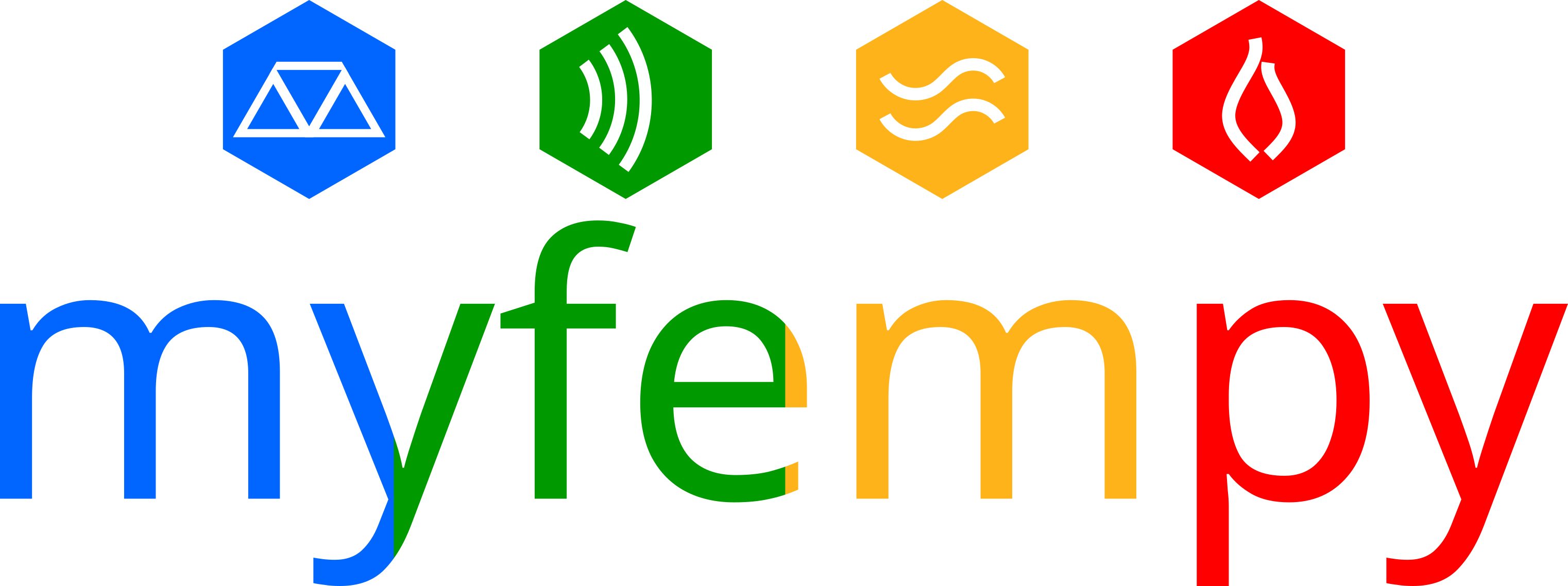myfempy
Under Development

Welcome to myfempy’s online documentation
Copyright © Antonio Vinicius G. Campos 2022. Processo INPI BR512022001484-0
MathJax Test Page
When (a \ne 0), there are two solutions to (ax^2 + bx + c = 0) and they are
\begin{equation} ax^2 + bx + c = 0 \end{equation}
\[x = {-b \pm \sqrt{b^2-4ac} \over 2a}\]FlowChart with mermaid
flowchart
doc --> abc
abc --> 123
About
Myfempy is a python package based on finite element method for scientific analysis. The code is open source and intended for educational and scientific purposes only, not recommended to commercial use. You can help us by contributing with a donation on the main project page, read the support options. If you use myfempy in your research, the developers would be grateful if you could cite in your work.
Installation
To install myfempy manually in your directory, following the steps
- Clone/ Download the main code [latest version] from github/myfempy/main
- Unzip the pack in your preferred location
- In the myfempy-main folder, open a terminal and enter with the command:
>> python -m pip install --upgrade pip
>> pip install .
or
>> python -m pip install --upgrade build
>> python -m build
Note: is recommend to create a virtual environment previously the installation of myfempy** and dependencies packs. You can use the virtualenv or conda environments**
Dependencies
Myfempy can be used in systems based on Linux, MacOS and Windows. Myfempy requires Python 3.
Installation prerequisites, required to build myfempy
You can use either of two python development environments to run myfempy
- Python 3.x - Python is a programming language that lets you work quickly and integrate systems more effectively.
- Anaconda - Anaconda offers the easiest way to perform Python/R data science and machine learning on a single machine.
Python packages required for using myfempy
The following python packages are required to run myfempy. Before to install myfempy-main, install this packages. Check if they are already installed on your machine
- numpy - The fundamental package for scientific computing with Python
- cython - Cython is a language that makes writing C extensions for Python as easy as Python itself
- scipy - Fundamental algorithms for scientific computing in Python
- vedo - A python module for scientific analysis and visualization of эd objects
- vtk(optional) - VTK is an open-source toolkit for 3D computer graphics, image processing, and visualization
- try
>> pip install numpy, cython, scipy, vedo
Outhers prerequisites
- gmsh/External Generator Mesh - Gmsh is an open source 3D finite element mesh generator with a built-in CAD engine and post-processor. Notes: 1 - Gmsh is NOT part of myfempy projects; 2 - Is Needed install Gmsh manually
- try
>> pip install --upgrade gmsh
Tutorial
A Basic Tutorial is available here.
Many Examples are available here.
Documentation
The myfempy is documented using Mkdocs under docs. The myfempy’s documents versions can be found in web version and pdf link.
Release
The all release versions is available here
Features
The main myfempy features are available here:
License
myfempy is published under the GPLv3 license. See the myfempy/LICENSE.
<!-- ## >> Acknowledgment -->
Citing
Have you found this software useful for your research? Star the project and cite it as:
- APA:
Antonio Vinicius Garcia Campos. (2022). myfempy (1.5.1). Zenodo. https://doi.org/10.5281/zenodo.6958796
- BibTex:
@software{antonio_vinicius_garcia_campos_2022_6958796,
author = {Antonio Vinicius Garcia Campos},
title = {myfempy},
month = aug,
year = 2022,
publisher = {Zenodo},
version = {1.5.1},
doi = {10.5281/zenodo.6958796},
url = {https://doi.org/10.5281/zenodo.6958796}
}
References
- Myfempy - A python package for scientific analysis based on finite element method.
- FEM - The finite element method (FEM) is a popular method for numerically solving differential equations arising in engineering and mathematical modeling.
- Solid Mechanics -Solid mechanics, also known as mechanics of solids, is the branch of continuum mechanics that studies the behavior of solid materials, especially their motion and deformation under the action of forces, temperature changes, phase changes, and other external or internal agents.
- PDE In mathematics, a partial differential equation (PDE) is an equation which imposes relations between the various partial derivatives of a multivariable function.
Changelog
The changelog is available here
Project tree structure
/myfempy
│
├───core
│ alglin.py
│ harmonicforced.py
│ mesh.py
│ modallinear.py
│ solver.py
│ staticlinear.py
│ utils.py
│
│
├───felib
│ │
│ ├───elements
│ │ element.py
│ │ plane.py
│ │ platekc.py
│ │ solid.py
│ │
│ ├───geometry
│ │ geometry.py
│ │ rectangle.py
│ │ thickness.py
│ │
│ │
│ ├───material
│ │ material.py
│ │ planestrain.py
│ │ planestress.py
│ │ solid.py
│ │
│ ├───physic
│ │ bcstruct.py
│ │ loadstruct.py
│ │ structural.py
│ │
│ ├───shapes
│ hexa8.py
│ line.py
│ line2.py
│ quad4.py
│ shape.py
│ tetr4.py
│ tria3.py
│
├───io
│ iocsv.py
│ iogmsh.py
│ iovtk.py
│
│
├───misc
│ logo.png
│ logo.txt
│ path.py
│ utils.py
│
├───plots
meshquality.py
physics.py
plotmesh.py
plotxy.py
postplot.py